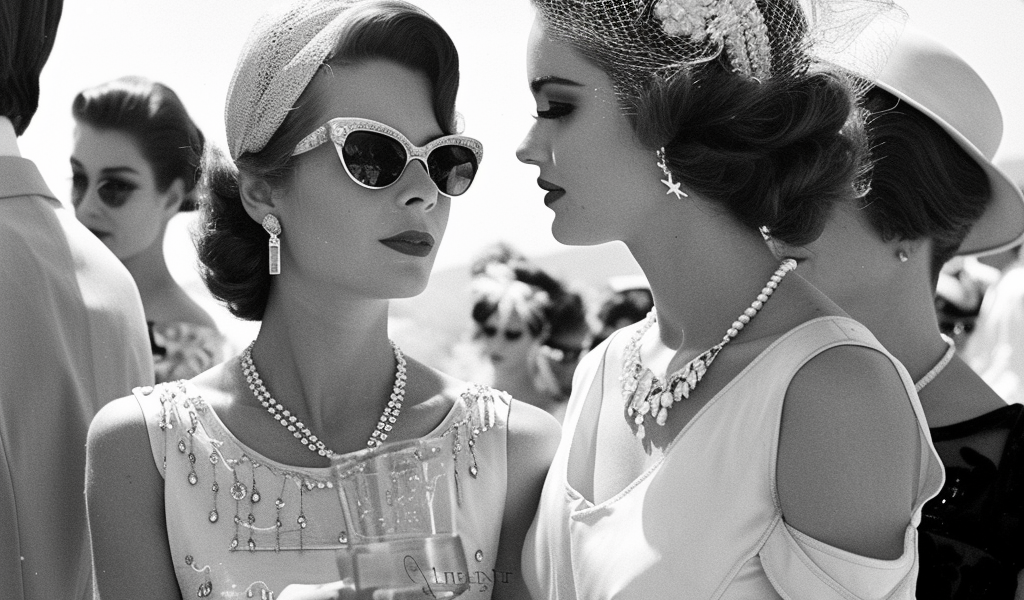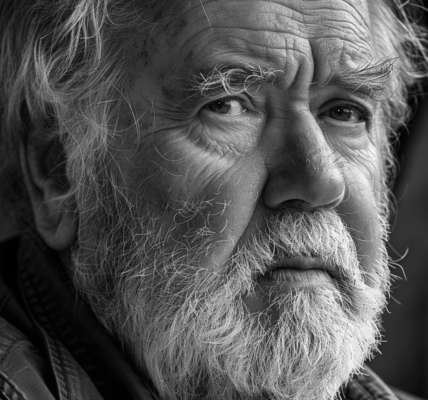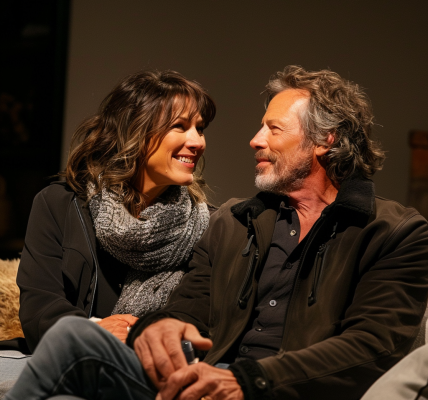Feud: Capote vs the Swans: How a scandalous Truman Capote story exposed the secrets of US high society
Feud: Capote vs the Swans: How a scandalous Truman Capote story exposed the secrets of US high society
By Caryn James, Features correspondent
A star-studded new miniseries from Ryan Murphy looks at how the author betrayed the confidence of some of America’s most elite women – and destroyed his career in the process.
A caricature on the cover of New York Magazine in 1975 depicted author Truman Capote as a yappy little French poodle, nipping at the fingers of a stunned woman at a black-tie party. The headline read: Capote Bites the Hands That Fed Him. The article, by the gossip columnist Liz Smith, pulled back the curtain on the real identities of the society women Capote had recently betrayed in print. Babe Paley and Slim Keith – who at the time filled the society pages and best-dressed lists – confided in him about their affairs, their philandering husbands and their insecurities, only to have their close friend mock them and reveal their most intimate secrets. His barely-veiled fiction – a story called La Côte Basque, 1965 – appeared in the widely-read Esquire magazine. The betrayal helped ruin his life.
That true story of a long-lost social era and of friendship gone wildly wrong is deliciously told in Feud: Capote vs the Swans, the colourful, star-filled second instalment of Ryan Murphy’s franchise that began with Bette and Joan, about the Hollywood rivalry of Bette Davis and Joan Crawford. Capote, played by Tom Hollander, is well known, if not for his books (notably Breakfast at Tiffany’s and In Cold Blood), then for the 2005 film Capote with Philip Seymour Hoffman. But who were these women he called his swans, and why did he turn on them so viciously?
Capote (pictured, left) was friends with a coterie of elite women, including Lee Radziwill (pictured, centre right) – the sister of Jackie Kennedy (Credit: Getty Images)
“They were like the original Real Housewives,” Murphy told Town and Country magazine, but that seems like hype. None of Capote’s refined swans ever screamed and tossed a table at La Côte Basque, the restaurant where they regularly lunched together, the way the women in that reality show have. But they did have a similar hold on the public imagination. They were elegant influencers. None of them married poor men, or dreamed of having a real career. They drank, they smoked, they wore extravagant but tasteful jewellery. And although their style can seem stodgy now – Paley’s helmet hair never moves – they were the fashion leaders of their day. Paley was regularly named on best-dressed lists. Feud plays with the chronology and facts a bit, but mostly holds up against the truth. In 1975, Capote was at the different stage






